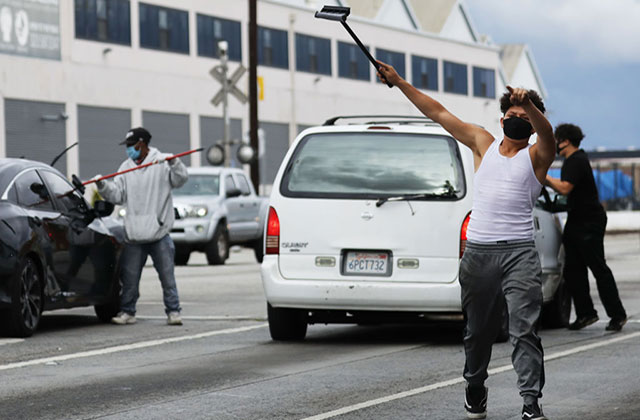Racial Erasure: When Coronavirus Numbers Don’t Add Up

Black and Brown people in large cities are being hit hard by the COVID-19 crisis—WBEZ in Chicago confirmed that as of March 4, 70 percent of Cook County’s deaths were Black; in cities like New Orleans, Detroit and Milwaukee, Black people are dying at astronomical rates—and Los Angeles’ public health director Barbara Ferrer told the Los Angeles Times on April 6 that she’s worried because many providers aren’t reporting patients’ races or ethnicities, including those who are hospitalized. “We’re missing over 50 percent of respondents filling out that field,” Ferrer said.
For those who have died from coronavirus, Ferrer told the LA Times, “We’re trying to pull all of the death records so that we can actually see if we can get better information.” It’s crucial that cities are able to quickly fill this information void so they can determine any and all issues around who needs to be tested and treated and those who lack access to either.
On April 2, the LA Times highlighted possible data discrepancies when they reported that infection rates in the county’s wealthiest neighborhoods were outpacing their financially-challenged counterparts, who are mostly people of color because they were actually receiving tests—not that they were at higher risks. Ferrer said that as soon as her team is able to gather this data, they will make it public. Thankfully, other counties in California, such as San Francisco and Santa Clara, are planning to follow Los Angeles’ lead and promise to publicize their data as well.
“Having serious underlying health conditions makes you at much higher risk for serious illness, and even death, from COVID-19,” Ferrer said. “So we want to do everything we can to both understand the data, make sure that our communities have access to all the information that we have about any inequities, and then that we work together to try to minimize inequitable distributions of any disease, and certainly of death.”
